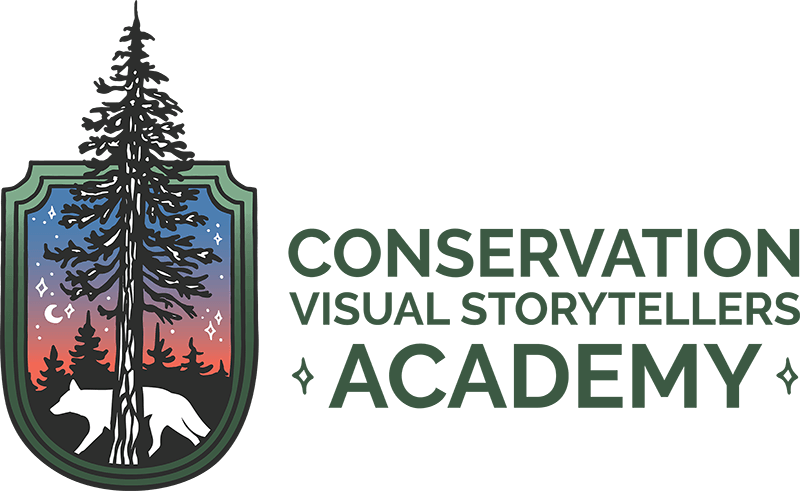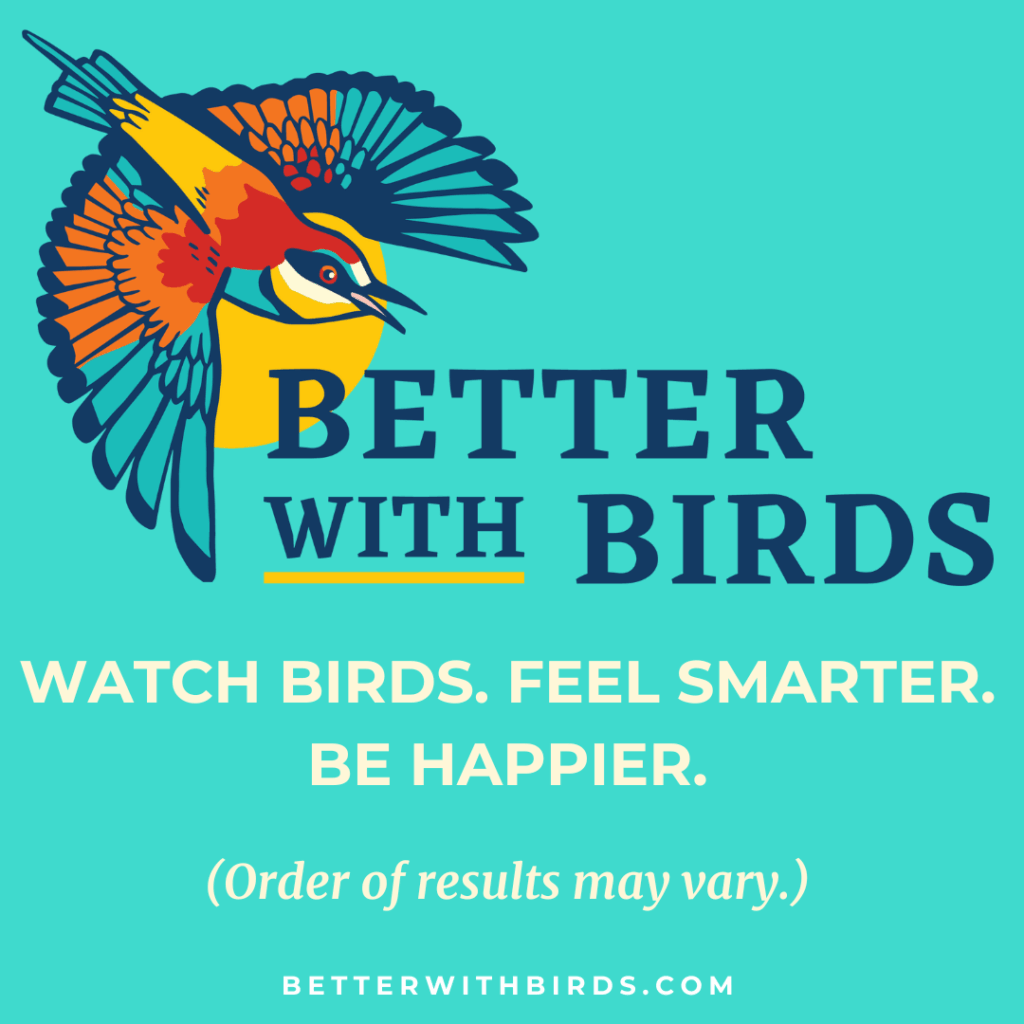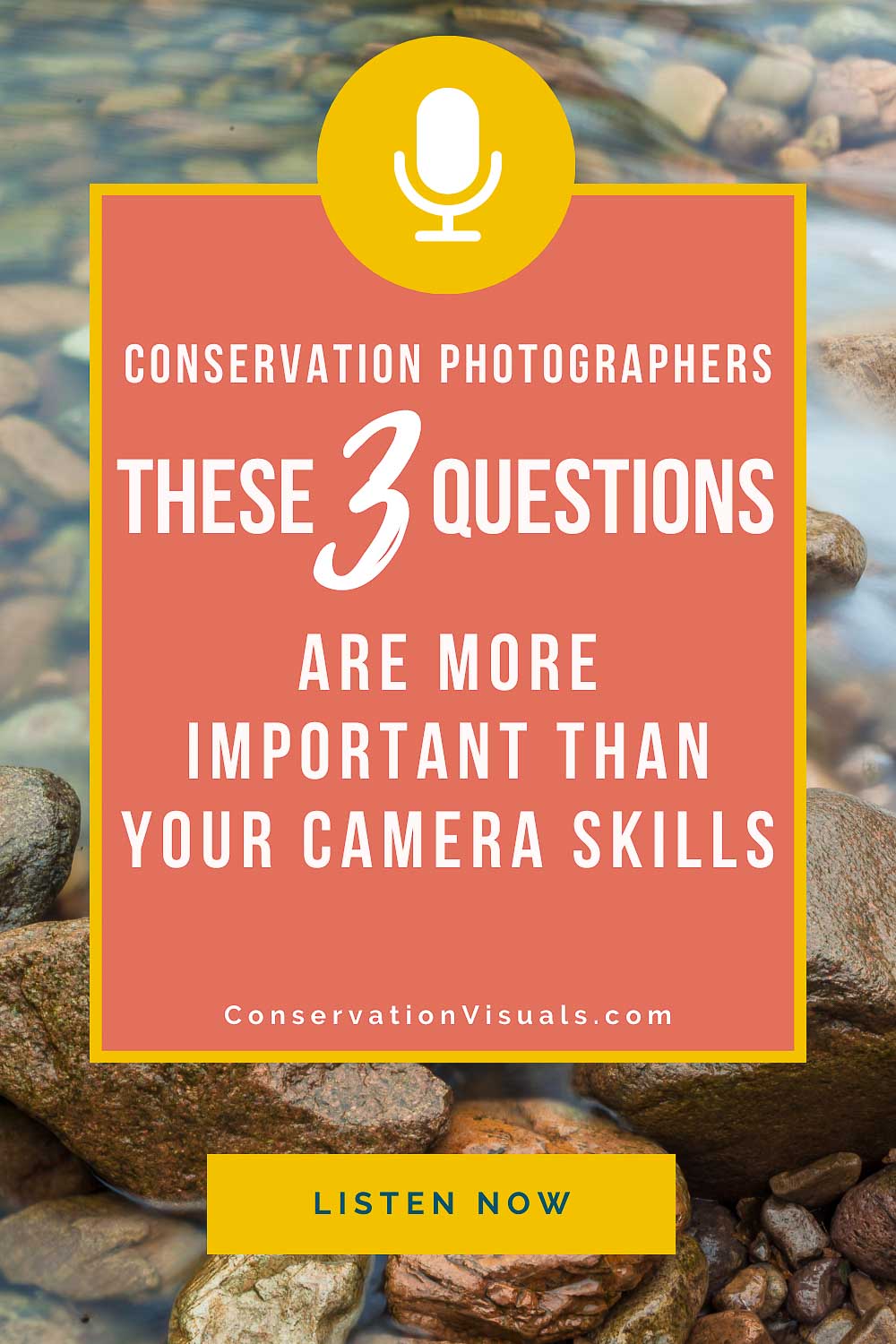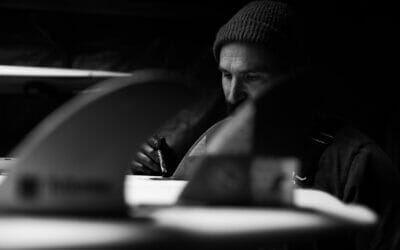If you want to create change through your photography, start with the 3 A’s.
Uncover the who, how, and what of your photo project
As conservation visual storytellers, we know that there is power in truly amazing visuals in photographs and films. We understand that visuals are what get people to stop in their tracks. We have the ability to change minds and behaviors with our images.
Often, we believe that it is what we do behind the camera that matters most—that it’s our skill as photographers in producing compelling, engaging images that does the heavy lifting. Unfortunately, this is a completely false belief.
Yes, it is true that we need to have a skill set as visual storytellers and that we need to create compelling images to advance a conservation issue toward a goal. But that is not where the heavy lifting happens. It actually happens somewhere else. While your skill as a photographer is critical, there’s another skill set that we must have. Let’s dive into that.
The Three A’s: Action, Audience, and Artifact
These three elements, combined with your skills as a visual storyteller, are where the magic happens.
- Action: What effect do I want to have on the world through this project?
- Audience: Who is the exact audience that I need to reach to make that happen?
- Artifact: Where do I need my images to appear, and in what form, to engage that audience constructively and inspire action?
Let’s break these down.
Action: Defining Your Goal
As conservation photographers, we are skilled at seeing the big picture. We think in terms of saving entire species, entire habitats, and altering the mindset of whole cultures for the benefit of the planet. But to make these broad goals a reality, we have to zero in on the specific actions that must take place.
It’s one thing to have a broad, altruistic goal, and another to pinpoint what must actually happen to achieve it. It’s not enough to say, “I want to end plastic pollution.” You must drill down into the culture shifts needed, the laws that could push those shifts, and how to make those laws a reality.
For example, if your goal is to end plastic pollution, you need to:
- Identify specific behaviors that need to change.
- Research existing laws and propose new ones that can drive these changes.
- Develop educational campaigns to inform the public and policymakers.
By funneling down to a clear, specific action, you’ll know exactly what you’re working towards.
To get started, ask yourself:
- What are the specific behaviors contributing to the problem?
- What policies or regulations could influence these behaviors?
- Who are the key players that can enforce or advocate for these policies?
Once you have clear answers to these questions, you can formulate a tangible action plan. For instance, your project could focus on a local campaign to ban single-use plastics in your community. This gives you a concrete target to work towards and measure your impact.
Audience: Knowing Who Needs to Act
Once you know the action needed, the next step is identifying who needs to take it. This is where many conservation photographers get tripped up. We often think we know our audience, or we assume we need to reach “the public” or “the people.” But that’s rarely effective.
To create real impact, you must get specific about your audience. Who are the individuals or groups who can drive the necessary change? This could be:
- Local communities affected by an issue.
- Lawmakers who have the power to enact change.
- Specific demographics who are contributing to the problem or can influence others.
For example, if you’re working on a project about plastic pollution, your audience might be local business owners who can reduce plastic use, or policymakers who can implement bans on single-use plastics.
To effectively identify and understand your audience, consider these steps:
- Demographic Research: Who are the key players? What are their roles and responsibilities? What are their interests and concerns?
- Behavioral Analysis: How does your target audience currently interact with the issue? What motivates or hinders their actions?
- Engagement Preferences: How does your audience prefer to receive information? Are they more likely to respond to visual campaigns, written reports, or in-person presentations?
Artifact: Creating and Placing Your Work
Finally, you need to determine what to create and where to place it to reach your audience effectively. This involves understanding:
- How your audience consumes information.
- What type of content they engage with.
- Where they hang out, both online and offline.
For instance, if your target audience is active on Instagram, a series of impactful posts or collaborations with influencers could be effective. If they engage more with in-person experiences, consider creating an interactive installation or an exhibit at a local community center.
Here are some examples of different artifacts and their potential placements:
- Social Media Campaigns: Utilize platforms like Instagram, Facebook, and Twitter to reach a broader audience. Collaborate with influencers who align with your cause to amplify your message.
- Community Exhibits: Set up photo exhibitions in local galleries, community centers, or libraries to engage with the local population directly. Interactive elements can enhance engagement and understanding.
- Educational Materials: Create visual resource packets for schools or educational institutions. This could include posters, brochures, or digital presentations that can be used in classrooms.
- Policy Advocacy: Develop concise, impactful photo books or reports that can be presented to lawmakers, highlighting the urgency and necessity of the proposed actions.
Bringing It All Together
To illustrate how this works in practice, let’s look at an example. Suppose you want to address plastic pollution in your community. Here’s how you’d apply the Three A’s:
Action: Reduce single-use plastic consumption in local businesses by 50% within a year. Audience: Local business owners and city council members. Artifact: Create a photo series showing the impact of plastic pollution on local wildlife and present it at a city council meeting. Additionally, develop a social media campaign highlighting businesses that successfully reduce plastic use, sharing these stories on platforms where local businesses are active.
By carefully considering these three components, you ensure that your efforts are strategic, targeted, and effective.
Example: The Urban Pollinator Garden Initiative
Let’s dive into a hypothetical example to see how the Three A’s approach can be applied effectively. In a bustling urban area, a conservation photographer named Alex found an incredible story focusing on the creation of pollinator gardens in city neighborhoods to support declining bee populations. This story illustrates the Three A’s perfectly:
Action: Promote the establishment of pollinator gardens in urban neighborhoods to increase local bee populations and enhance urban biodiversity.
Audience: City residents, local schools, community gardening groups, and municipal policymakers.
Artifact: A multimedia campaign including a photo essay, educational video series, and an interactive online platform. This campaign was showcased in local media, presented at community events, and displayed in a public exhibition at the city’s botanical garden.
Action: Promoting Pollinator Gardens
Alex aimed to demonstrate how pollinator gardens can provide essential habitats for bees, increase local biodiversity, and beautify urban areas. The first step was to define specific actions to take:
- Document the benefits of existing pollinator gardens in the city.
- Interview urban gardeners, ecologists, and city residents about the impact of these gardens.
- Highlight the steps to create a pollinator garden, including plant selection and garden design tips.
Audience: Engaging Key Stakeholders
The next step was identifying the key audience who could influence and support the initiative:
- City Residents: Encouraging them to create pollinator gardens in their yards and community spaces.
- Local Schools: Involving students and teachers in educational programs about pollinators and gardening.
- Community Gardening Groups: Partnering with these groups to leverage their expertise and networks.
- Municipal Policymakers: Advocating for policies that support urban gardening and biodiversity.
Artifact: Creating and Distributing the Campaign
To effectively reach the target audience, Alex developed a comprehensive multimedia campaign:
- Photo Essay: Alex created a series of striking images showing vibrant pollinator gardens, bees in action, and urban gardeners tending to their plots. This photo essay was published in local newspapers and shared on popular environmental blogs.
- Educational Video Series: The series featured short videos on the importance of pollinators, how to start a pollinator garden, and success stories from local gardeners. These videos were shared on social media, YouTube, and the city’s public access TV channel.
- Interactive Online Platform: Alex developed a website with resources for starting pollinator gardens, including an interactive map showing existing gardens, plant selection guides, and a forum for gardeners to share tips and experiences. This platform was promoted through local media and environmental organizations.
- Public Exhibition: The campaign culminated in an exhibition at the city’s botanical garden. This included large-format prints from the photo essay, video screenings, and interactive displays on pollinator-friendly plants and garden designs. The exhibition also featured workshops and talks by ecologists and gardening experts.
Results and Impact
Alex’s comprehensive approach garnered significant attention and engagement. The photo essay and educational videos received praise from local media, and the online platform became a valuable resource for residents and schools. The botanical garden exhibition attracted hundreds of visitors, sparking numerous conversations about urban biodiversity and community engagement.
As a result of the campaign’s success, several neighborhoods saw an increase in pollinator garden installations, local schools incorporated pollinator education into their curriculums, and city policymakers began considering initiatives to support urban gardening projects. Alex’s work played a crucial role in raising awareness and advocating for sustainable urban development practices.
Conclusion
Using the Three A’s—Action, Audience, and Artifact—you can transform your approach to conservation storytelling. Instead of hoping your beautiful images will somehow create change, you’ll have a clear plan for action, a targeted audience, and a strategic placement for your work.
Take the time to define your action, identify your audience, and create the right artifacts. This thoughtful approach will not only enhance your storytelling but also ensure your work reaches and resonates with the right people, inspiring real change.
Start applying the Three A’s today, and watch how your conservation photography can transform from merely beautiful images to powerful catalysts for change.











